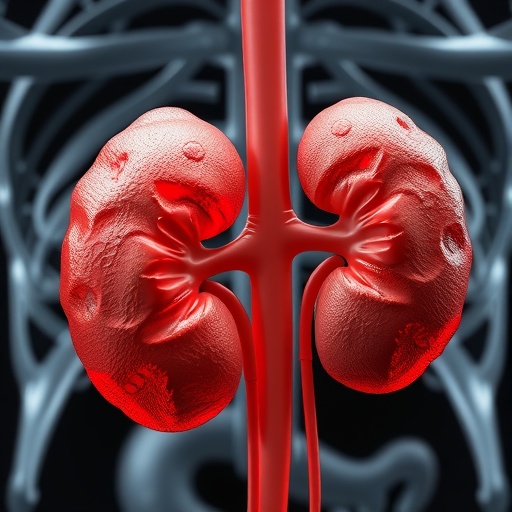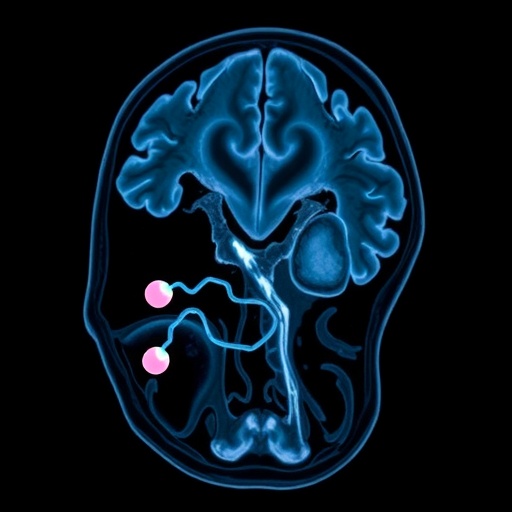USAID-funded program aimed at reducing deaths from complications due to childbirth appears to have prompted more efficient care
A U.S.-funded initiative to improve quality of care and referrals during pregnancy and childbirth in Indonesia resulted in significant reductions in maternal and newborn mortality at participating hospitals, according to a new study led by scientists at the Johns Hopkins Bloomberg School of Public Health.
The $55-million initiative, known as Expanding Maternal and Neonatal Survival (EMAS), was sponsored by the U.S. Agency for International Development (USAID) from 2011 to 2017 and supported the Indonesian Ministry of Health’s efforts to improve the quality of emergency obstetric and newborn care and referrals in that country.
The study appears in a special supplement of the International Journal of Gynecology & Obstetrics. The researchers found that in the Indonesian health facilities where the EMAS intervention was implemented, maternal and very early newborn mortality rates within 24 hours of birth fell by 50 percent and 21 percent respectively over the four years following the onset of EMAS support.
“These key indicators of the quality of emergency obstetric and newborn care improved significantly at hospitals after EMAS support, suggesting that the program did improve the quality of care,” says study lead author Saifuddin Ahmed, PhD, professor in the Bloomberg School’s Department of Population, Family and Reproductive Health.
The study involved a collaboration with several international and Indonesian institutions including Jhpiego, a Johns Hopkins-affiliated non-profit organization that led the EMAS program in Indonesia.
Ahmed guest-edited the supplement, “Expanding Maternal and Neonatal Survival Opportunities in Indonesia,” in which the study appears, and authored an editorial noting that Indonesia has had persistently high maternal mortality rates, relative to other Southeast Asian nations, of maternal and newborn deaths. More than 10,000 women and 68,000 newborn babies die from childbirth complications each year in the country. “Indonesia has been doing very well economically in recent decades, but economic development doesn’t automatically translate into reductions in maternal and newborn mortality,” he says.
About 70 percent of maternal deaths from childbirth complications in Indonesia occur in hospitals or clinics, in part due to poor quality or delayed care. The EMAS program was intended to improve that care and lower mortality rates for mothers and their newborns. The initiative was focused in six Indonesian provinces which collectively account for more than half of all maternal deaths in the country. The EMAS program included mentoring of staff at more than 450 hospitals and clinics, improvements in these facilities’ health information systems, improving emergency readiness and response, and more rigorous reviews of cases of maternal or newborn mortality.
The new study focused on the largest 101 of these facilities, to which patients presenting at smaller clinics were often referred. Ahmed and his colleagues found that from 2013 through 2016, the overall rate of maternal deaths per 1,000 cases of childbirth complications at these facilities fell from 5.4 to 2.6, a drop of about 50 percent. The rate of newborn deaths within 24 hours of birth also fell sharply, from 4.8 to 3.3 per 1,000 live births, while the rate of newborn deaths within 7 days of birth fell from 33.6 to 23.9 per 1,000 live births.
The analysis revealed increases of 5 percent and 18 percent, respectively, in the appropriate uses of two key interventions: drugs to induce uterine contractions to reduce postpartum bleeding, and magnesium sulfate to treat pre-eclampsia, a condition that can cause seizures and brain hemorrhaging. By the end of the study, the use rates for these interventions, in cases where objective indicators showed they should have been used, were nearly 100 percent.
“Overall, the efficiency in handling patients seems to have improved in facilities that received EMAS support,” Ahmed says.
Fatality rates–specifically from postpartum hemorrhage and pre-eclampsia/eclampsia complications–fell by about 23 percent and 20 percent, respectively, during the study period–although these declines involved relatively small numbers of cases and were not statistically significant.
“Sustaining and expanding the approaches of the EMAS program in Indonesia remains critically important to save the lives of mothers and children,” Ahmed says.
###
“Changes in obstetric case fatality and early newborn mortality rates in hospitals after the implementation of the Expanding Maternal and Neonatal Survival program in Indonesia: Results from a health information system” was written by Saifuddin Ahmed, Maya Tholandi, Alisa Pedrana, Ali Zazri, Nony Parmawaty, Agus Rahmanto, and Reena Sethi.
The research was funded by the United States Agency for International Development (USAID) under the terms of the Cooperative Agreement AID-OAA-A-14-00028. The contents are the responsibility of the Maternal and Child Survival Program and do not necessarily reflect the views of USAID or the United States Government.
Media Contact
Barbara Benham
[email protected]
https:/




